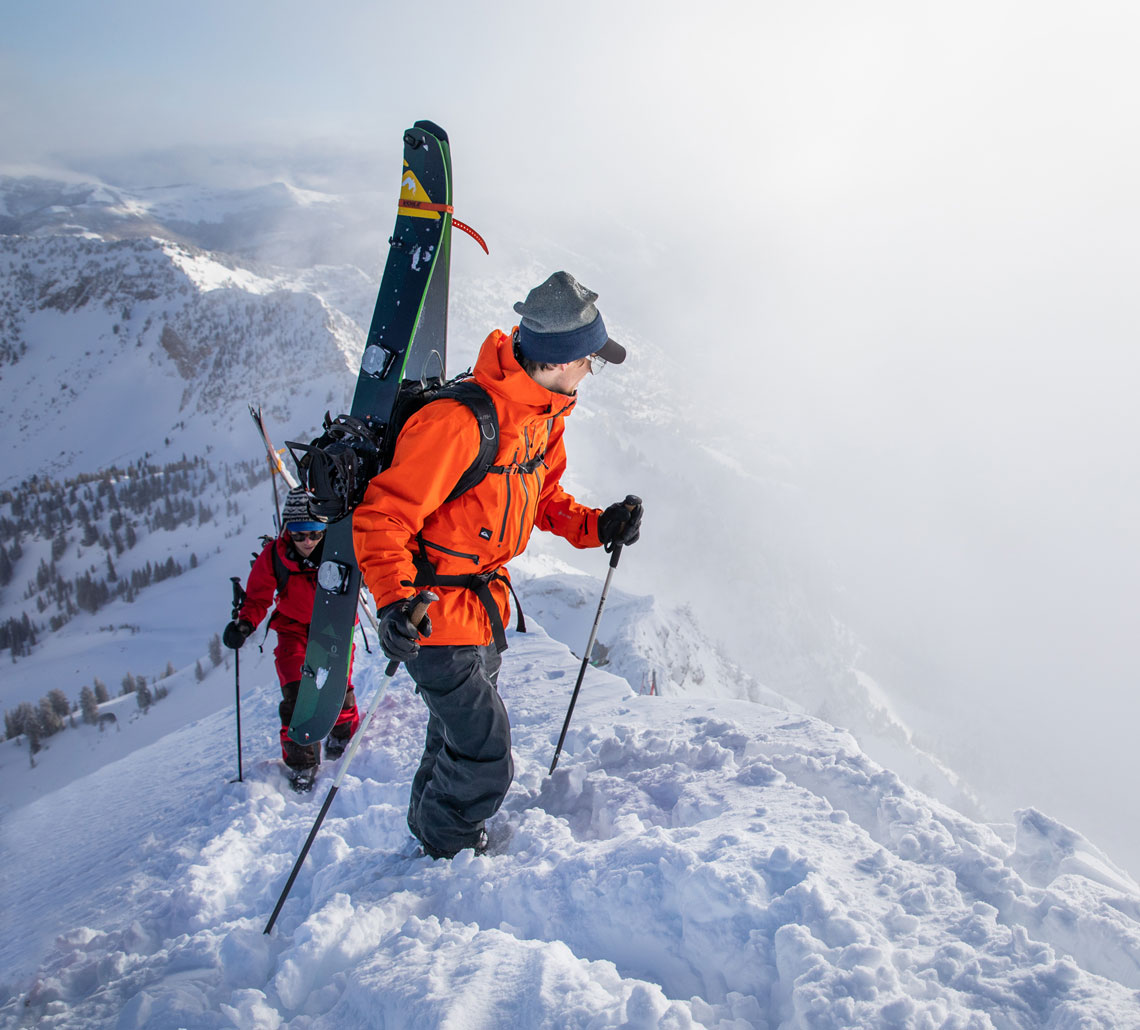Splitboard Bindings

- - 15 %
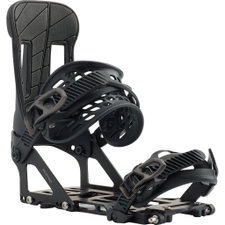 BurtonHitchhiker Splitboard Bindings BlackMSRP 539,95 €459,95 €Available Sizes:XSML
BurtonHitchhiker Splitboard Bindings BlackMSRP 539,95 €459,95 €Available Sizes:XSML - - 40 %
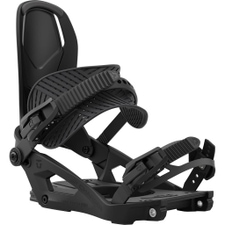 UnionCharger incl. Split Interface Splitboard Bindings BlackMSRP 499,95 €299,95 €Available Sizes:S
UnionCharger incl. Split Interface Splitboard Bindings BlackMSRP 499,95 €299,95 €Available Sizes:S - - 42 %
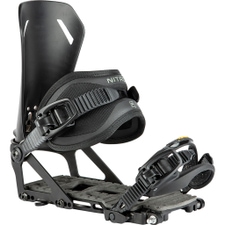 NitroTested product Vertical ST Splitboard BindingsMSRP 599,90 €349,00 €Available Sizes:ML
NitroTested product Vertical ST Splitboard BindingsMSRP 599,90 €349,00 €Available Sizes:ML - - 40 %
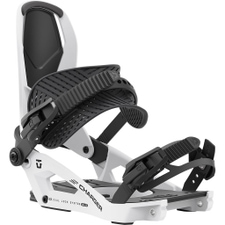 UnionCharger incl. Split Interface Splitboard Bindings WhiteMSRP 499,95 €299,95 €Available Sizes:S
UnionCharger incl. Split Interface Splitboard Bindings WhiteMSRP 499,95 €299,95 €Available Sizes:S - - 40 %
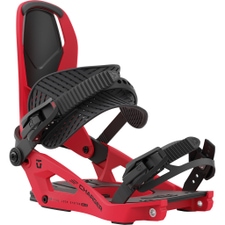 UnionCharger incl. Split Interface Splitboard Bindings CoralMSRP 499,95 €299,95 €Available Sizes:S
UnionCharger incl. Split Interface Splitboard Bindings CoralMSRP 499,95 €299,95 €Available Sizes:S - - 20 %
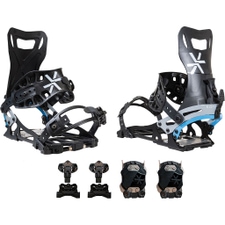 KarakoramNomad incl. Split Interface Splitboard Bindings MenMSRP 849,95 €679,95 €Available Sizes:ML
KarakoramNomad incl. Split Interface Splitboard Bindings MenMSRP 849,95 €679,95 €Available Sizes:ML - - 29 %
 KarakoramTested product Nomad incl. Split Interface Splitboard Bindings MenMSRP 849,95 €599,95 €Available Sizes:ML
KarakoramTested product Nomad incl. Split Interface Splitboard Bindings MenMSRP 849,95 €599,95 €Available Sizes:ML - - 30 %
 UnionTested product Charger incl. Split Interface Splitboard Bindings BlackMSRP 499,95 €349,95 €Available Sizes:ML
UnionTested product Charger incl. Split Interface Splitboard Bindings BlackMSRP 499,95 €349,95 €Available Sizes:ML - - 29 %
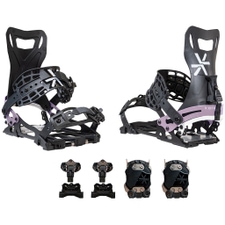 KarakoramTested product Nomad-W incl. Split Interface Splitboard Bindings WomenMSRP 849,95 €599,95 €Available Sizes:S
KarakoramTested product Nomad-W incl. Split Interface Splitboard Bindings WomenMSRP 849,95 €599,95 €Available Sizes:S - - 20 %
 NitroVertical ST Splitboard BindingsMSRP 599,90 €479,95 €Available Sizes:ML
NitroVertical ST Splitboard BindingsMSRP 599,90 €479,95 €Available Sizes:ML - - 20 %
 KarakoramNomad-W incl. Split Interface Splitboard Bindings WomenMSRP 849,95 €679,95 €Available Sizes:SM
KarakoramNomad-W incl. Split Interface Splitboard Bindings WomenMSRP 849,95 €679,95 €Available Sizes:SM - - 20 %
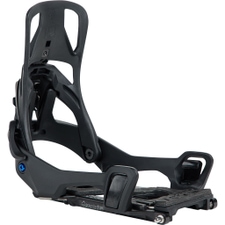 BurtonTested product Step On Splitboard Bindings Black WomenMSRP 549,95 €439,95 €Available Sizes:M
BurtonTested product Step On Splitboard Bindings Black WomenMSRP 549,95 €439,95 €Available Sizes:M - - 20 %
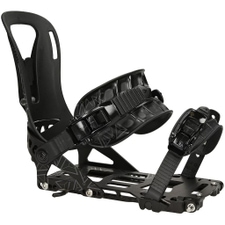 NitroSpark Arc Miniganger Splitboard Bindings KidsMSRP 499,90 €399,95 €Available Sizes:XS
NitroSpark Arc Miniganger Splitboard Bindings KidsMSRP 499,90 €399,95 €Available Sizes:XS - - 30 %
 NitroTested product Spark Arc Miniganger Splitboard Bindings KidsMSRP 499,90 €349,95 €Available Sizes:XS
NitroTested product Spark Arc Miniganger Splitboard Bindings KidsMSRP 499,90 €349,95 €Available Sizes:XS - - 30 %
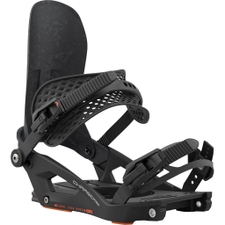 UnionTested product Charger FC Splitboard Bindings BlackMSRP 699,95 €489,95 €Available Sizes:L
UnionTested product Charger FC Splitboard Bindings BlackMSRP 699,95 €489,95 €Available Sizes:L - - 50 %
 K2Farout Splitboard Bindings BlackMSRP 454,95 €227,45 €Available Sizes:L
K2Farout Splitboard Bindings BlackMSRP 454,95 €227,45 €Available Sizes:L - - 50 %
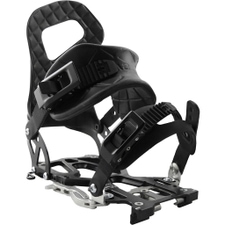 PlumEterlou Splitboard Bindings BlackMSRP 698,95 €349,45 €Available Sizes:S
PlumEterlou Splitboard Bindings BlackMSRP 698,95 €349,45 €Available Sizes:S - - 50 %
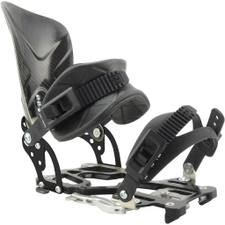 PlumFeyan Carbon Splitboard Bindings BlackMSRP 748,95 €374,45 €Available Sizes:S
PlumFeyan Carbon Splitboard Bindings BlackMSRP 748,95 €374,45 €Available Sizes:S - - 50 %
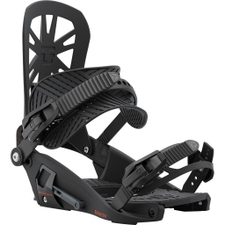 UnionTested product Explorer FC Splitboard Bindings BlackMSRP 539,95 €269,95 €Available Sizes:L
UnionTested product Explorer FC Splitboard Bindings BlackMSRP 539,95 €269,95 €Available Sizes:L - - 50 %
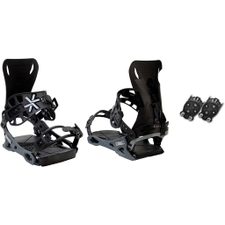 KarakoramFree Ranger inkl. Split Interface Splitboard Bindings MenMSRP 629,95 €314,95 €Available Sizes:S
KarakoramFree Ranger inkl. Split Interface Splitboard Bindings MenMSRP 629,95 €314,95 €Available Sizes:S - - 50 %
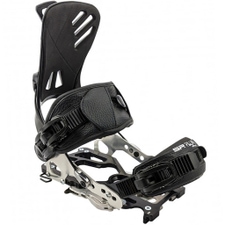 PlumDari Splitboard Bindings BlackMSRP 848,95 €424,45 €Available Sizes:M
PlumDari Splitboard Bindings BlackMSRP 848,95 €424,45 €Available Sizes:M - - 50 %
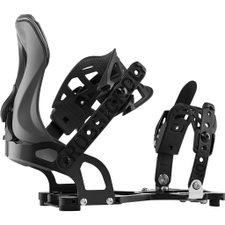 RossignolXV Splitboard BindingsMSRP 799,95 €399,95 €One size
RossignolXV Splitboard BindingsMSRP 799,95 €399,95 €One size 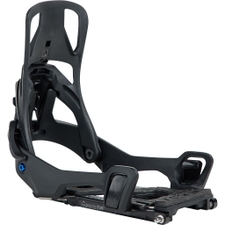 BurtonStep On Splitboard Bindings Black Men549,95 €Available Sizes:ML
BurtonStep On Splitboard Bindings Black Men549,95 €Available Sizes:ML BurtonStep On Splitboard Bindings Black Women549,95 €Available Sizes:ML
BurtonStep On Splitboard Bindings Black Women549,95 €Available Sizes:ML



Splitboarding - a dream come true. For a couple of years now, snowboarders have also been able to climb the hidden slopes - without having to carry their snowboard on their back. Thanks to splitboard technology, snowboarders can finally keep up with ski tourers. However, to make both ascending and descending a pleasure, you need the right equipment. In addition to a good splitboard, you also need the right binding. We give you tips on how to find the right splitboard binding.
What is special about splitboard bindings?
A splitboard binding not only offers you the functions of a normal snowboard binding, but it must of course also support you during the ascent in touring mode. That is, the binding must offer you enough comfort for the ascent, but also guarantee good power transmission for an enjoyable and possibly adventurous descent. Splitboard bindings always consist of three parts:
1. the Tour Interface, to which the binding is fixed on the ascent (with an ascent aid if necessary)
2. the Ride Interface, to which the binding is attached on the descent
3. the binding itself, in which you fix your boots (with ascent aid if necessary)
The Ascent: The Tour Interface
In the ascent, the binding is used for touring mode. That is, it is then mounted from the front on wedges, or over pucks or axles that you have screwed on the middle of your splitboard. This is done via a system of pins or tabs that varies from brand to brand.
The attachment and fixation of the binding should work as easily as possible for the ascent. It should also not constantly accumulate snow, which would result in an uncomfortable walking feeling. Speaking of comfortable, for the ascent, the heel remains vertically mobile, so you have a real walking feeling.
Climbing aids can be super handy when you're going into steeper terrain. This means you don't have to push your heel down quite as far when walking and you can go uphill more easily. Climbing aids are attached to the Tour Interface or directly to the binding, depending on the brand. Both work optimally.
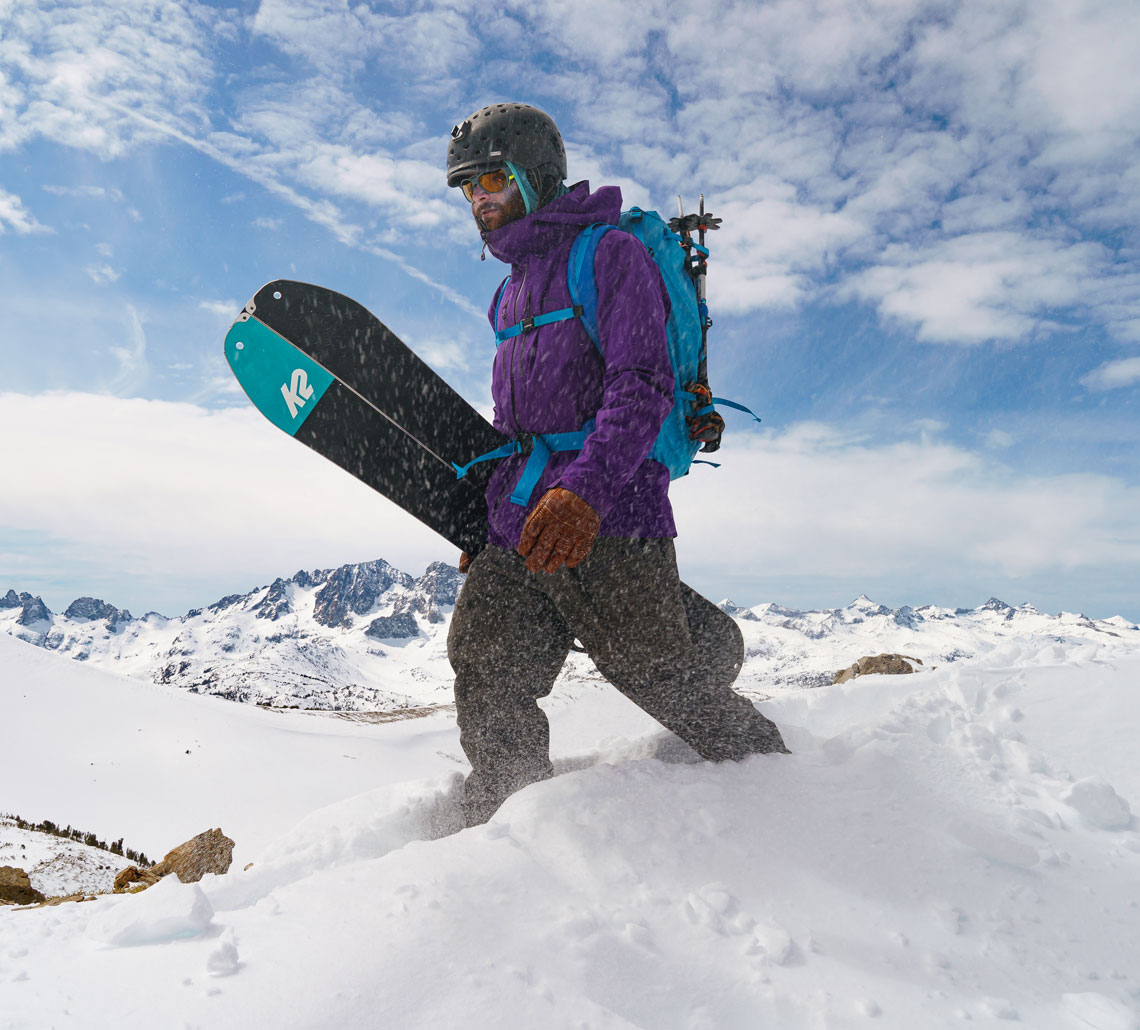
Usually you don't have to carry your board around anymore.
The Descent: The Ride Interface
Once you've reached the top and enjoyed the view, it's time for the descent. To do this, you need to convert to the Ride Interface - which fortunately works for all systems without tools. Depending on which system you choose, you then ride softer or harder.
There are two different systems - the puck system and the mechanical system. We explain this in more detail below.
Let's go - the binding itself
Depending on the system, the splitboard binding is hooked to the interfaces, slid into them or plugged into them. They fit tightly, just as they do with a solid board. Splitboard bindings usually have a flexible highback. We recommend you to choose a stiffer highback, you should stand firmly and securely in the binding. Because with this you are well prepared for pretty much all conditions. The good thing is that highbacks of splitboard bindings can also be moved backwards - so you walk much more comfortably.
What other features do you have to look out for?
Material and weight
A splitboard binding shouldn't slow you down, which means it has to be lightweight. At the same time, however, it must also be robust in order to withstand the wild terrain. Suitable materials include aluminum, carbon, fiberglass or titanium - but plastic is also available. Ultimately, it will also be a matter of preference and price.
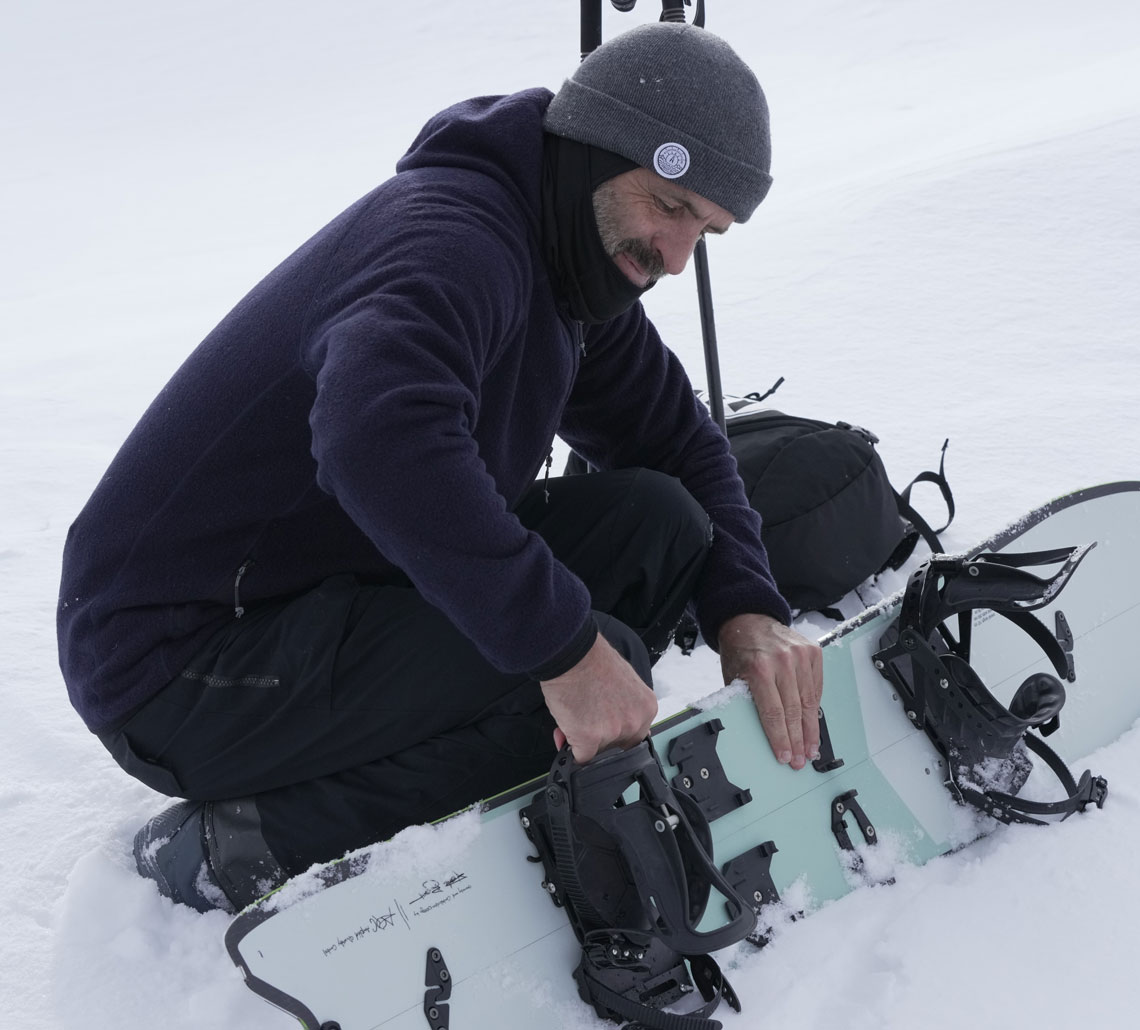
Fit and size
The size of your binding depends on the size of your boots. Therefore, it should always be able to be adjusted.
Flex
The flex tells how hard or soft your binding is. We recommend that you do not choose a binding that is too soft, but ultimately, like so many things, this is a matter of taste.
Last but not least: Compatibility Board - Interfaces - Binding
It is recommended and practical that you buy your splitboard in a set with a binding. Then you know for sure that everything fits together. Fortunately, nowadays the issue of compatibility is no longer so important, because first of all: almost all interfaces fit on all boards. So you have a pretty free choice of manufacturer.
But of course there are exceptions: Mechanical interfaces only fit their own bindings. And be careful with Burton: They have their own channel system on their boards and only work with pucks - but Burton also supplies these with the board.
K2, by the way, also supplies the pucks right along with the snowboard.
But wait a minute. Pucks, mechanical - what is that actually?
The different Ride Interfaces
There are two different splitboard binding systems: one is the puck system with a total of four pieces and the other is the mechanical binding system with discs. We explain where the differences, advantages and disadvantages lie.
Puck bindings: belong to the lightest options
Puck systems are available from Voilé, Spark (plus Burton/Spark and Nitro/Spark) and K2 (Farout). You can't go wrong with this system for now. The pucks (4 pieces), are attached to the splitboard. For downhill, the binding is simply pushed over a rail system on it and fixed.
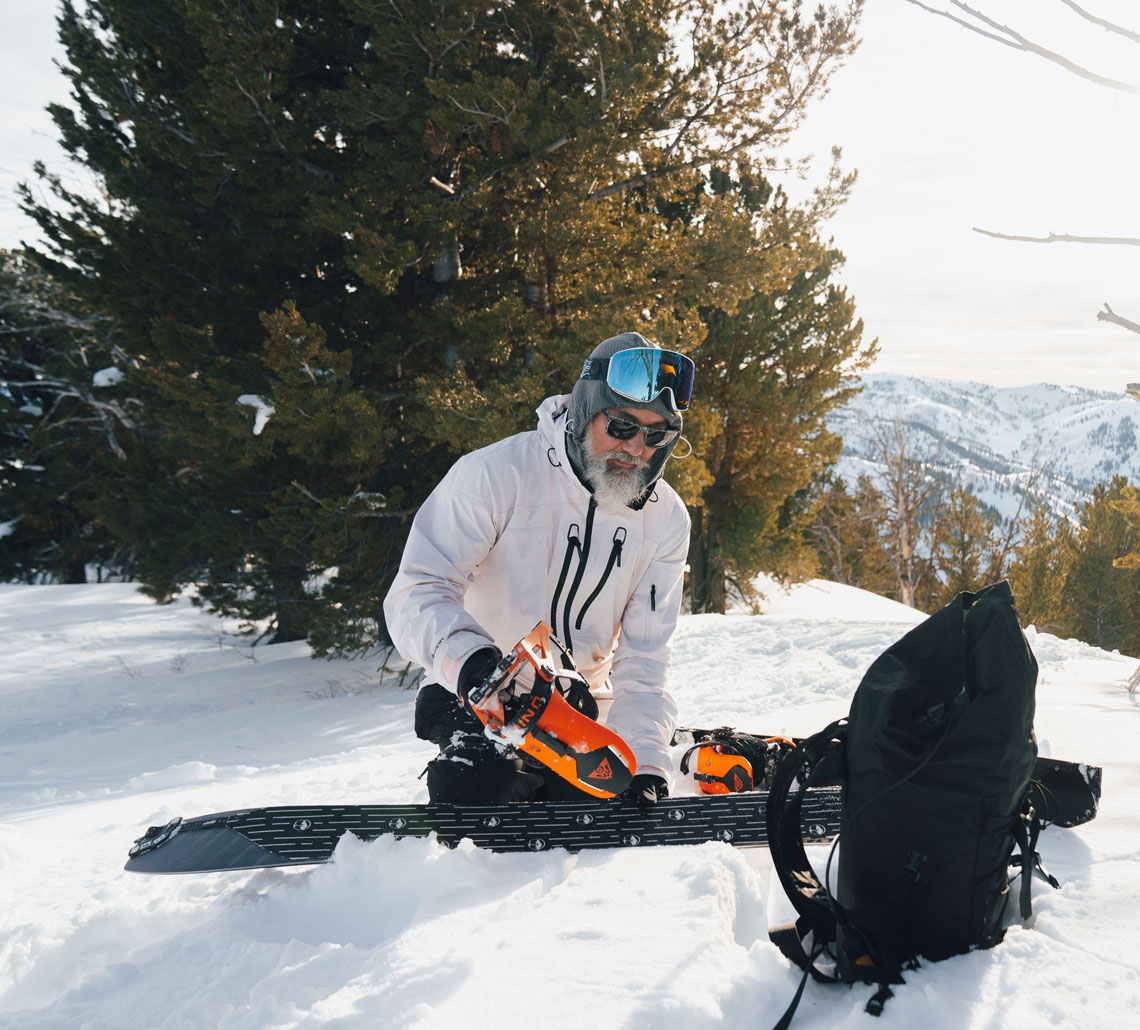
The Union Splitboard Bindings are top in price - performance - ratio!
Advantages: It works very quickly and is easy to handle. Due to little material, these systems are light, but at the same time robust and proven for many years.
Disadvantages: Sometimes you need a lot of force to push the binding onto the pucks and get them really tight. In addition, the splitboard halves are of course connected to each other, but are not pressed together as with a mechanical system. Still - there are good reasons why this system has been around forever and is so popular.
Union: top price-performance ratio
With the Union binding, you turn the binding onto the disc. If you like it a little softer, you are well advised here: Since this system has a plastic frame, you get a pleasant riding flex, from the feeling almost like on your solid board.
Advantages: This system is quite cheap and is really top in price-performance ratio. It also comes with an additional interface for your solid board, so that you actually have one binding for everything. You usually have to buy such additional interfaces for the other systems.
One disadvantage is that you need a lot of power when changing the binding from ascent to descent. Another disadvantage is that the binding comes without a rear ascent plate, which means that your heel is directly on the board during the ascent, which may not be as comfortable.
Note: Union interfaces are only compatible with Union bindings.
Plum/Rossignol system: a really technical thing
The Plum/Rossignol system is a mechanical binding without pucks and has a very robust disc. It saves power during the conversion and it offers a more direct flex, as the splitboard halves are pressed together with the system. However, the disadvantage of the binding is that there are a lot of screws that you have to glue in, screw in and check regularly. If you buy a Plum binding, you'll have to do a lot of building first. This system also has a bit more weight than some Puck systems and is a bit more expensive.
Attention: Plum/Rossignol interfaces only work with Plum/Rossignol bindings.
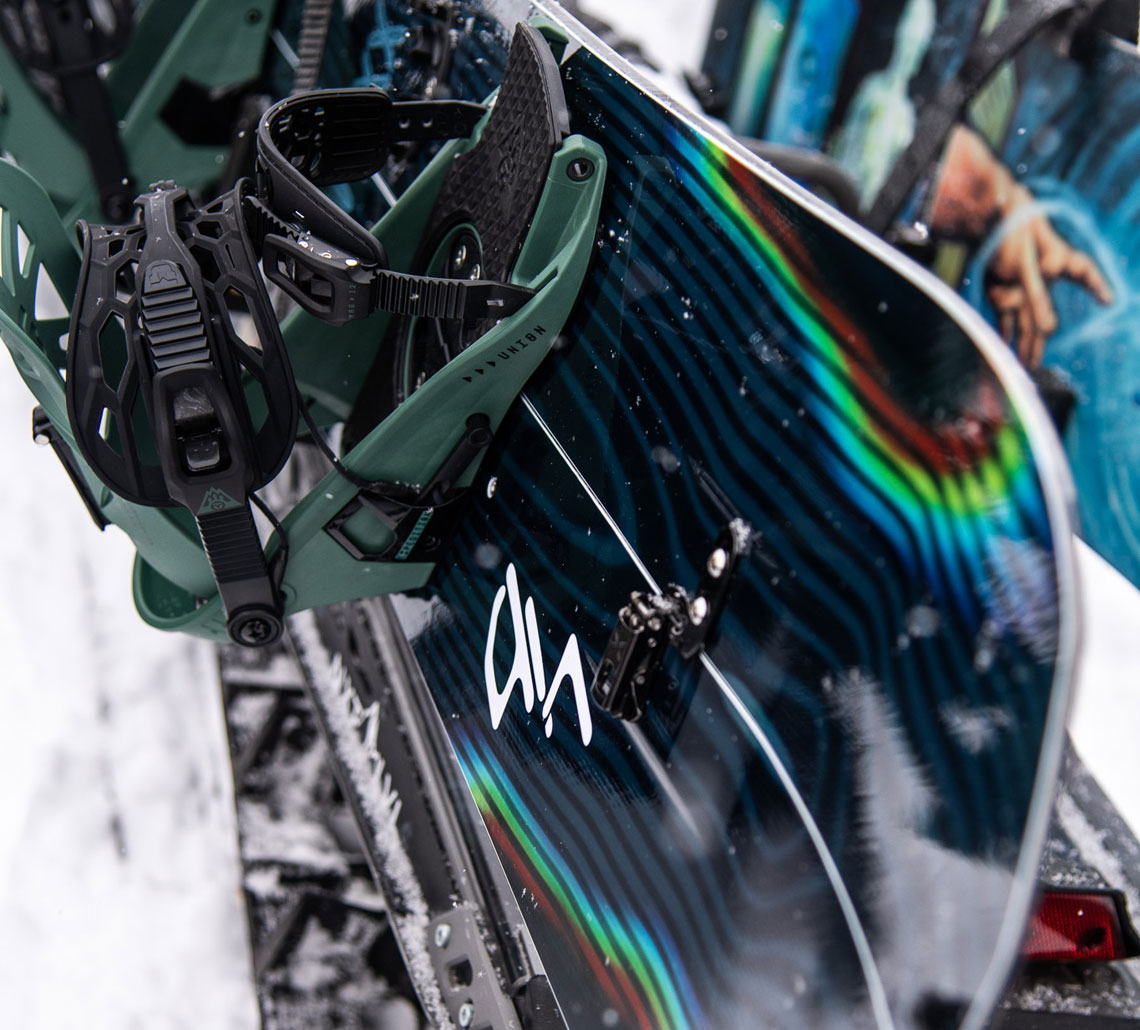
Karakoram: a really well thought-out system
Plum and Karakoram systems are the most similar. You could perhaps say that Plum is the more technical of the two, Karakoram the more manageable and really well thought out. And they come in a variety of styles, all the way up to the carbon high-end product - which then comes at a price.
The Karakoram system also works mechanically with a disc. It is characterized primarily by its speed: With the help of the easy-to-use "Quick Release" lever, you switch from "Hike" to "Ride Mode" in no time. Here, too, you ride with a more direct flex, as the split halves are pressed together.
Note: The Karakoram interface requires a Karakoram binding.
And here is a little summery of systems and compatibility:

| Name | System | Compatible with… |
| Spark R&D | Puck | all Boards & Puck Bindings |
| Spark/Burton | Puck | all Boards & Puck Bindings |
| Spark/Nitro | Puck | all Boards & Puck Bindings |
| K2 Farout | Puck | all Boards & Puck Bindings |
| Voilé | Puck | all Boards & Puck Bindings |
| Plum/Rossignol | Mechanic | all Boards except Burton, only with Plum/Rossignol Bindings |
| Union | Mechanic | all Boards except Burton, only with Union Bindings |
| Karakoram | Mechanic | all Boards except Burton, only with Karakoram Bindings |
Splitboard bindings at Sport Conrad
We hope that we could help you with our tips and that the purchase of your splitboard binding will be easier for you now. You can find both puck systems and mechanical bindings in our online store. We have all the popular top brands to choose from, as to speak Spark, Karakoram, K2, Union, Plum/Rossignol and Voilé Pucks. And then all that remains is to say: Off to the adventure!
